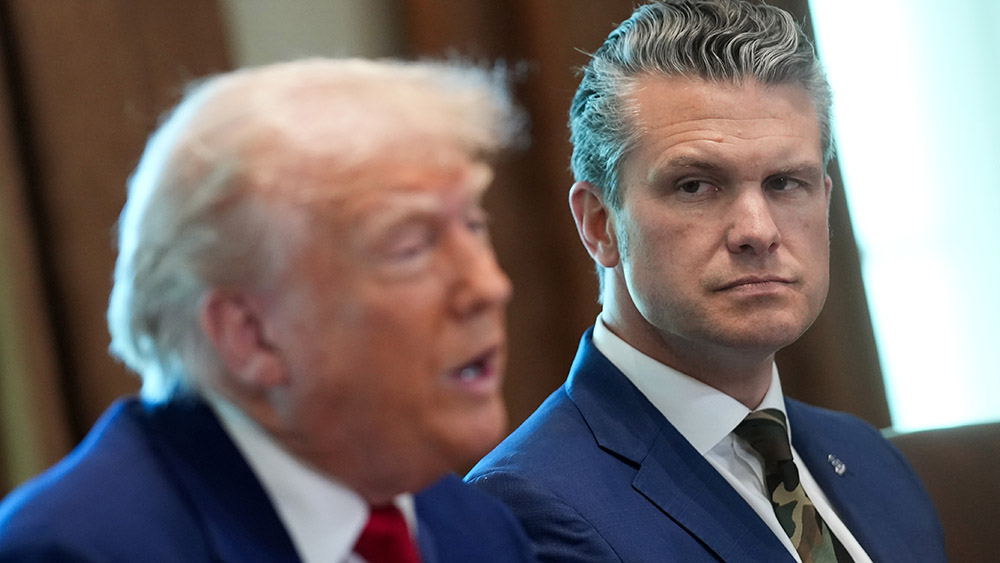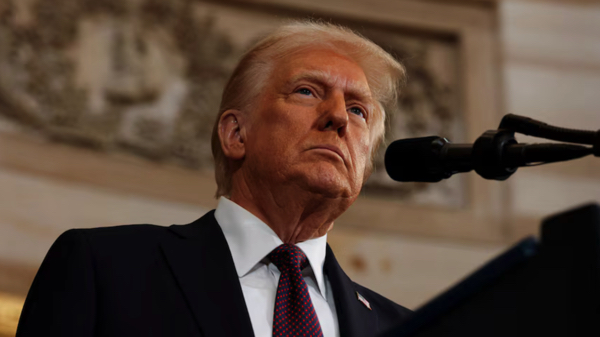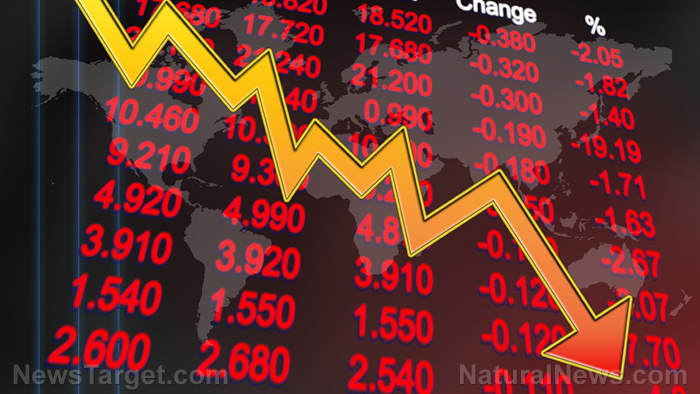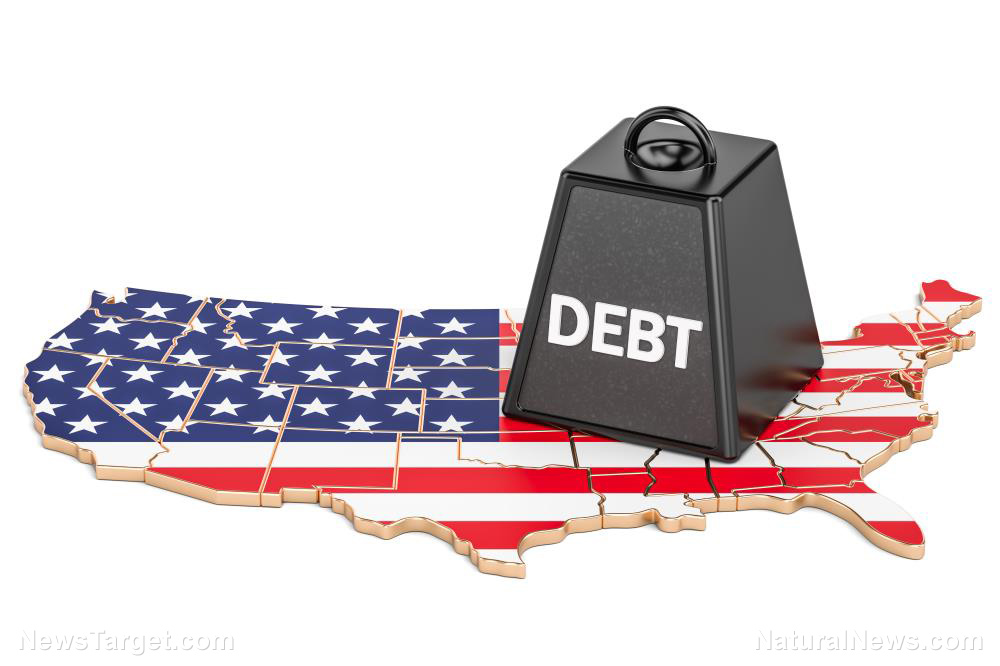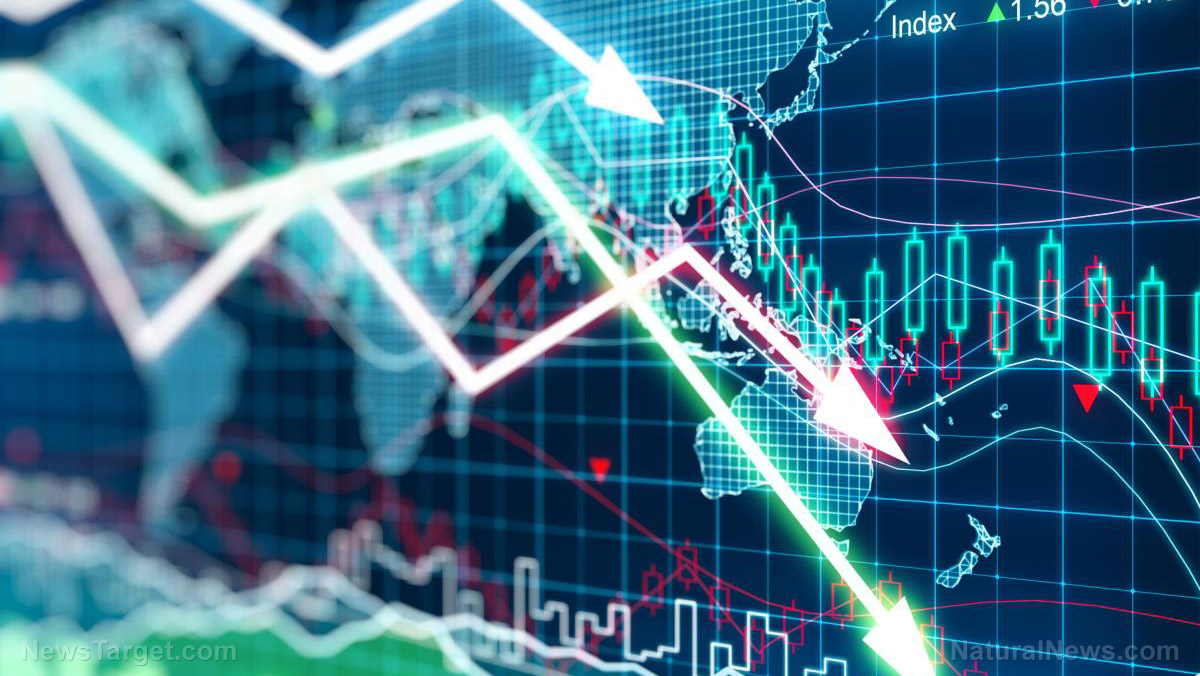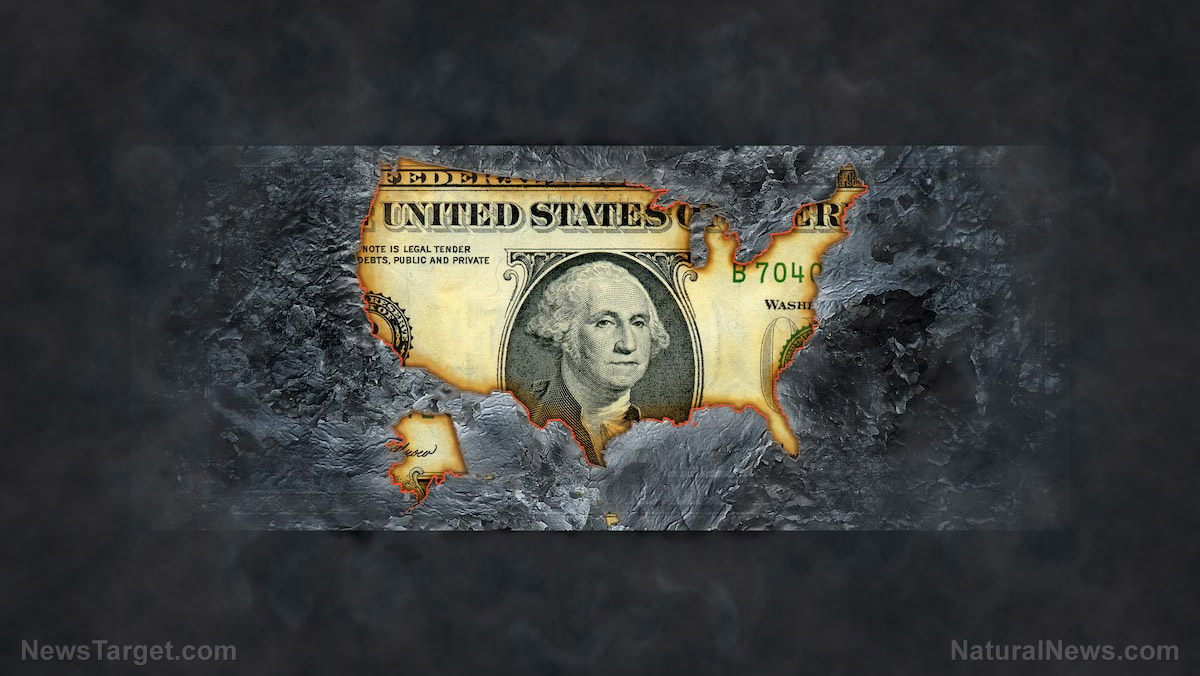Get your money out of the banks: A call to action amid financial uncertainty
05/01/2025 / By Willow Tohi

- Inflation is significantly eroding the purchasing power of money, with historical examples like the $1 million from 1913 being worth only $40,000 by 2024. Despite the Federal Reserve’s recent interest rate hikes, the damage to savings from past inflation remains substantial.
- The 2023 banking crisis highlighted the vulnerability of the financial system, with potential bank closures and restrictions on accessing funds. While regulations like the Dodd-Frank Act aim to protect depositors, they also introduce complexities that can hinder access to money during crises.
- The fractional reserve banking system, where banks hold only a fraction of deposits in reserve, poses a risk of liquidity shortages during bank runs. The 2008 financial crisis exemplified this, with banks facing insolvency as panicked depositors withdrew funds.
- To mitigate these risks, individuals are advised to consider alternative investments, particularly precious metals like gold and silver. These metals have historically maintained their value and are seen as a reliable store of wealth. Additionally, holding them in an IRA can offer tax advantages.
- The “Prepper Bar,” a perforated precious metal bar, offers a novel solution for divisibility and portability, addressing the challenge of using metals for smaller transactions. This innovation underscores the growing trend of seeking tangible assets for financial security in uncertain times.
Individuals might find it prudent to reassess their banking practices in light of several converging factors: the diminishing value of savings due to inflation, the looming threat of bank failures reminiscent of past crises and the intrinsic vulnerabilities of the fractional reserve banking system. This is not just about moving money; it’s about safeguarding wealth in an era of unprecedented economic challenges.
The erosion of savings: Inflation’s relentless march
The first concern is the insidious effect of inflation on the purchasing power of money. Consider this: if you had left $1 million in a bank account since 1913, its value would have dwindled to a mere $40,000 by 2024. This staggering loss of purchasing power is a direct result of inflation, a phenomenon that has consistently outpaced the interest rates offered by traditional savings accounts.
This is not a new problem. Historically, periods of high inflation have often coincided with economic turmoil, such as the stagflation of the 1970s. However, the current economic climate, marked by unprecedented monetary stimulus and supply chain disruptions, has exacerbated the situation. The Federal Reserve’s recent pivot towards higher interest rates may offer some respite, but the damage to savings has already been done.
The perils of bank closures and withdrawal limits
The second, more immediate fear is the possibility of another wave of bank closures. The 2023 banking crisis, which saw the collapse of several regional banks, serves as a stark reminder of the vulnerabilities within the financial system. Even if your bank remains open, the ability to access your funds is not guaranteed.
While banks are legally obligated to return depositors’ funds, the practicalities of doing so can be fraught with obstacles. The Dodd-Frank Act, enacted in the wake of the 2008 financial crisis, imposed stricter regulations on banks, but it also introduced measures that could restrict access to funds during a crisis.
Fractional reserve banking: The hidden risk
Financial advisors also highlight the mechanics of fractional reserve banking, a system where banks are required to hold only a fraction of their deposits in reserve. This means that the money you deposit is often lent out to other customers, sometimes up to nine or ten times over. While this practice fuels economic growth, it also means that in the event of a bank run, the bank may not have sufficient liquidity to meet withdrawal demands.
This is not a hypothetical scenario. The 2008 financial crisis saw a similar dynamic play out, with banks teetering on the brink of insolvency as panicked depositors rushed to withdraw their funds. The subsequent bailouts by the government highlighted the interconnectedness of the financial system and the potential for systemic risk.
Precious metals and alternative investments
In light of these risks, many think a strategic shift in how individuals manage their finances is in order. The first step is to withdraw excess funds from traditional bank accounts. But where should this money go? The answer lies in alternative investments, particularly precious metals like gold and silver.
Precious metals have historical resillience, and have “stood the test of time back to the Bible times as being the best store of wealth to weather out a storm in the economy.” This is not just anecdotal evidence. Central banks around the world have been accumulating gold at an unprecedented rate, a clear indication of their confidence in its value.
Moreover, the tax advantages of holding gold and silver in an IRA (Investment Retirement Account), a strategy that aligns with the principle of minimizing tax liabilities. This approach is not just about preserving wealth; it’s about optimizing it in a way that aligns with long-term financial goals.
The Prepper Bar: A novel solution for portable wealth
In addition to traditional bullion and coins, a new product that has caused a stir in the precious metals industry: the Prepper Bar.
This innovative bar, available in both silver and gold, is perforated to allow for easy breaking into smaller, tradeable pieces. This feature addresses a common challenge with precious metals: their lack of divisibility. The Prepper Bar offers a practical solution for those who need to use their wealth in smaller, more manageable increments.
Preparing for an uncertain financial future
In conclusion, the consensus is clear: the time to act is now. The financial landscape is fraught with risks, from the devaluation of the dollar to the potential for bank closures.
By diversifying into precious metals and exploring alternative investment vehicles like the Genesis Gold IRA, individuals can protect their wealth and ensure their financial security in an uncertain world.
Sources for this article include:
Submit a correction >>
Tagged Under:
banking, big government, Collapse, debt bomb, debt collapse, dollar demise, gold, gold report, inflation, market crash, money supply, pensions, Prepper Bar, risk, silver
This article may contain statements that reflect the opinion of the author
RECENT NEWS & ARTICLES
COPYRIGHT © 2018 MONEYSUPPLY.NEWS
All content posted on this site is protected under Free Speech. MoneySupply.news is not responsible for content written by contributing authors. The information on this site is provided for educational and entertainment purposes only. It is not intended as a substitute for professional advice of any kind. MoneySupply.news assumes no responsibility for the use or misuse of this material. All trademarks, registered trademarks and service marks mentioned on this site are the property of their respective owners.



